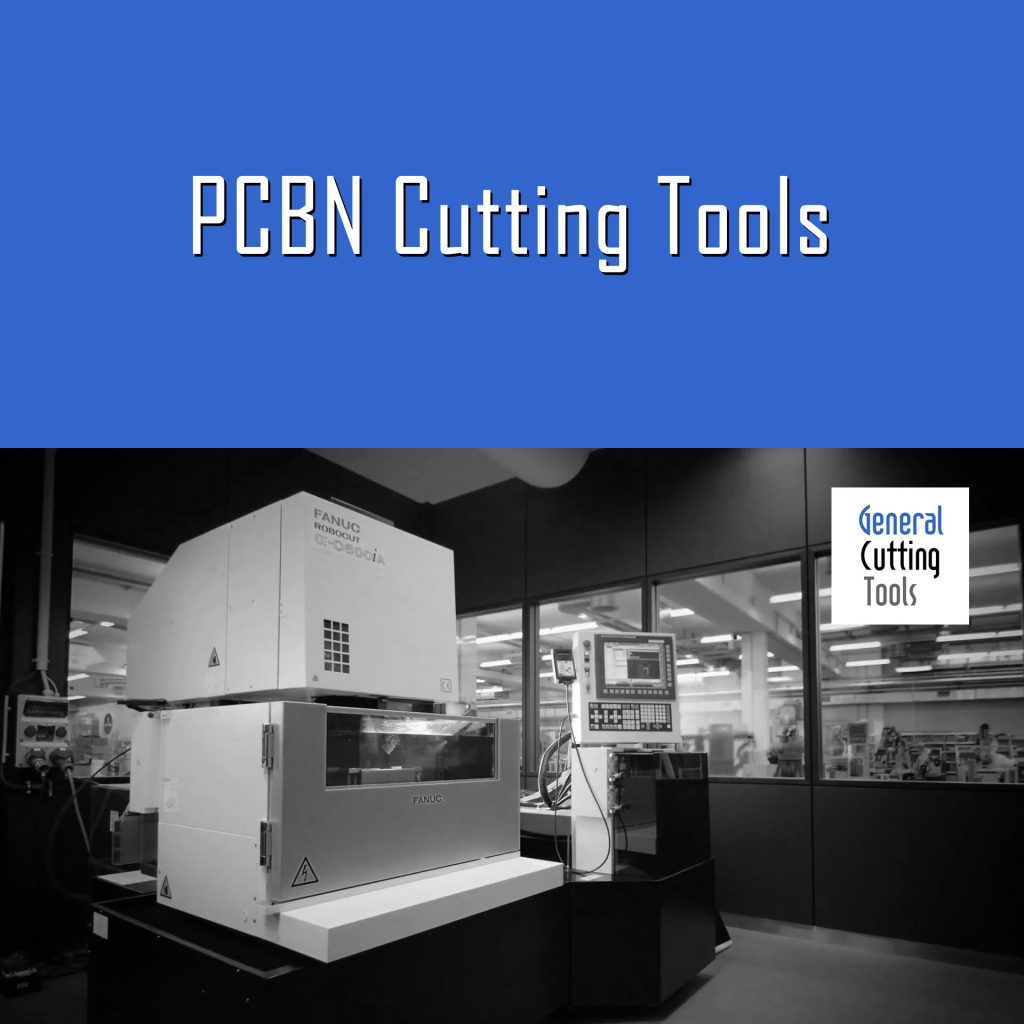Metal
PCBN Cutting Tools

PCD vs. PCBN: Choosing the Right Cutting Edge for Maximum Performance
In precision machining, the right tool material is more than just a detail—it’s the deciding factor between an average job and flawless results. Among the most advanced cutting tool materials in the world, Polycrystalline Diamond (PCD) and Polycrystalline Cubic Boron Nitride (PCBN) stand out. Both offer exceptional performance, but they shine in very different arenas. Choosing the right one can save you time, money, and a lot of headaches.
PCD – The Champion for Non-Ferrous & Abrasive Materials
What it is:
PCD is a synthetic diamond material made by sintering together micron-sized diamond particles with a metal binder under extreme pressure and heat. It’s the second hardest human-made material, just behind single crystal diamond.
Why it’s powerful:
PCD’s hardness and wear resistance make it the ultimate weapon for machining non-ferrous and abrasive materials When you’re cutting aluminum, titanium alloys, copper, or composites like carbon fiber and fiberglass, PCD delivers unmatched edge retention and surface finish quality.
Where it works best:
- Aluminum and its alloys
- Copper and its alloys
- Titanium alloys
- Plastics and composites (carbon fiber, fiberglass)
- Ceramics
- Tungsten carbide
- Wood
If you’re working with materials that would destroy conventional carbide tools in no time, PCD is your long-lasting solution.
PCBN – The Expert for Hard Ferrous Materials
What it is:
PCBN is formed by sintering cubic boron nitride (cBN) particles with ceramic binders. CBN is second only to diamond in hardness, but here’s the twist—it can handle the heat and chemistry of cutting ferrous metals without breaking down.
Why it’s powerful:
PCBN maintains its hardness at temperatures well above 1000°C, meaning it can machine hardened steels and cast irons at high speeds without losing its cutting edge. It thrives where conventional tooling fails, especially in heavy-duty, high-precision metalworking.
Where it works best:
- Hardened steels (tool steel, alloy steel, bearing steel, die steel)
- Cast iron (gray, chilled, hardened, alloy, high-nickel chrome)
- Superalloys (nickel-based, cobalt-based, iron-based)
- Hard metals and ceramics
- Powdered metals
- Thermal spray coatings
If your job involves hardened parts that would make carbide tools cry, PCBN is the answer.
The Bottom Line: PCD for Non-Ferrous, PCBN for Ferrous
The decision is simple but critical:
- PCD = Non-ferrous & abrasive materials.
- PCBN = Hard ferrous materials.
Both outperform carbide in their respective specialties, delivering higher cutting speeds, longer tool life, and superior finishes. Choosing the right one isn’t just about tool longevity—it’s about productivity, profitability, and quality.
Why This Matters for Your Shop
The wrong tool material can mean premature wear, poor surface finish, and costly downtime. The right choice between PCD and PCBN ensures you’re running at peak efficiency—whether you’re machining aerospace-grade titanium or hardened die steel.
If you’re unsure which is right for your job, that’s where we come in. Our team understands the nuances of these materials and can match you with the tool that’s built for your application.
Contact us today to discuss your next project—and let’s put the right cutting edge in your hands.
